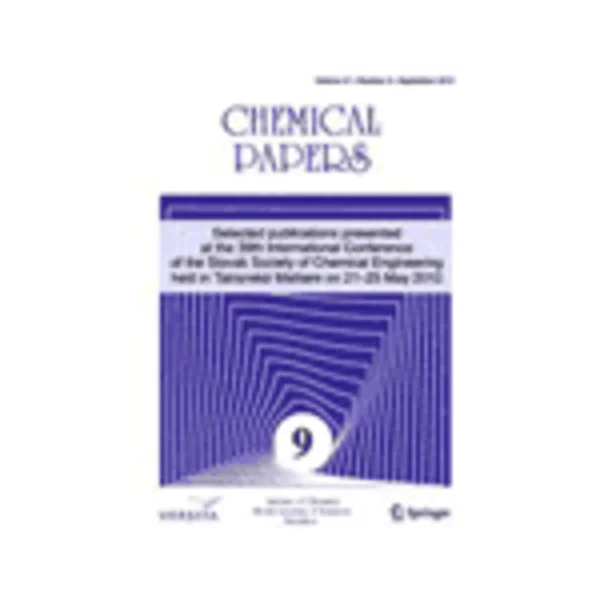-
provenance study of volcanic glass using 266–1064 nm orthogonal double pulse laser induced breakdown spectroscopy
جزئیات بیشتر مقاله- تاریخ ارائه: 1392/07/24
- تاریخ انتشار در تی پی بین: 1392/07/24
- تعداد بازدید: 956
- تعداد پرسش و پاسخ ها: 0
- شماره تماس دبیرخانه رویداد: -
double pulse laser induced breakdown spectroscopy in orthogonal configuration was used for the analysis of twelve samples of volcanic glass. raw material and artifact samples originated from czech, slovak, german, hungarian, greek, turkish, and ukrainian sites. the primary 266 nm laser beam was focused onto a sample area of about 0.1 mm in diameter at the optimised energy of 10 mj resulting in only very slight sample damage, almost unrecognizable even by a microscope. the secondary 1064 nm laser beam, positioned parallel to the sample surface and focused onto the intersection with the primary beam, induced a spark with enhanced radiation at the optimised energy of 100 mj. measurement of emission lines selected on basis of chemical composition, signal intensity, signal-to-background ratio, and minimum interference from the surrounding spectra: si(i) 288.16 nm, mg(ii) 279.55 nm, 280.27 nm, mg(i) 285.21 nm, ca(ii) 317.93 nm, na(i) 589.59 nm, al(i) 308.22 nm, fe(ii) 259.94 nm, ti(ii) 334.94 nm, sr(ii) 407.77 nm, ba(ii) 455.40 nm, k(i) 769.90 nm, provided experimental data sufficiently sensitive to differentiate the properties of the studied samples. rare earth elements were not detected even though the double pulse technique is more sensitive than the single pulse variant. visualisation methods of multidimensional statistical analyses such as radar chart, chernoff faces, scatterplots, and the spearman correlation matrix provided successful differentiation of the sample groups and/or particular samples by their origin.
مقالات جدیدترین رویدادها
-
استفاده از تحلیل اهمیت-عملکرد در ارائه الگوی مدیریت خلاقیت سازمانی و ارائه راهکار جهت بهبود
-
بررسی تاثیر ارزش وجوه نقد مازاد بر ساختار سرمایه شرکت های پذیرفته شده در بورس اوراق بهادار تهران
-
بررسی تأثیر سطح افشای ریسک بر قرارداد بدهی شرکت های پذیرفته شده در بورس اوراق بهادار تهران
-
بررسی تأثیر رتبه بندی اعتباری مبتنی بر مدل امتیاز بازار نوظهور بر نقد شوندگی سهام با تأکید بر خصوصی سازی شرکت ها
-
تأثیر آمیخته بازاریابی پوشاک ایرانی بر تصویر ذهنی مشتری پوشاک ایرانی (هاکوپیان)
-
قیمت دهی بهینه هاب های انرژی صنعتی برای شرکت در برنامه های پاسخگویی بار
-
کاربرد هندسه در ترسیم رادیکال ها
-
استحصال انرژی امواج ناشی از باد در منطقه چابهار
-
بهینه سازی و کنترل فرایندهای تخمیر فدبچ با استفاده از مدل
-
infuence of nano and microscale surface porosities on particles flotation
مقالات جدیدترین ژورنال ها
-
مدیریت و بررسی افسردگی دانش آموزان دختر مقطع متوسطه دوم در دروان کرونا در شهرستان دزفول
-
مدیریت و بررسی خرد سیاسی در اندیشه ی فردوسی در ادب ایران
-
واکاوی و مدیریت توصیفی قلمدان(جاکلیدی)ضریح در موزه آستان قدس رضوی
-
بررسی تاثیر خلاقیت، دانش و انگیزه کارکنان بر پیشنهادات نوآورانه کارکنان ( مورد مطالعه: هتل های 3 و 4 ستاره استان کرمان)
-
بررسی تاثیر کیفیت سیستم های اطلاعاتی بر تصمیم گیری موفق در شرکتهای تولیدی استان اصفهان (مورد مطالعه: مدیران شرکتهای تولیدی استان اصفهان)
-
جریان شناسی سیاسی-فکری عصر امام هادی (علیه السلام)
-
رمز ارزها، چالش ها و جرایم پیرامون آن
-
آنالیز و تحلیل پیستون موتورهای بنزینی با استفاده از سیمولیشن حرارتی نرم افزار سالیدورک
-
نقد و واکاوی کتاب ماهیت هنر و تزئینات در معماری داخلی (طراحی و دکوراسیون) از مجموعه آثار معمار دبدبه
-
بررسی تاثیر مشتری محوری بر جذب مشتریان با در نظر گرفتن نقش کیفیت خدمات در نظام بانکداری




سوال خود را در مورد این مقاله مطرح نمایید :